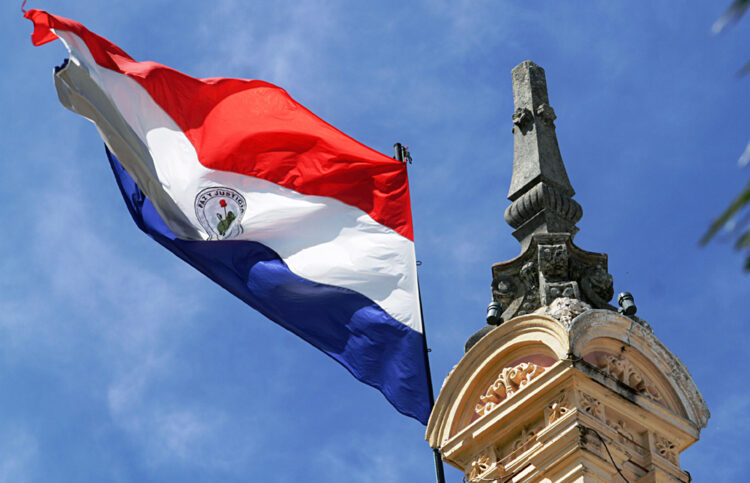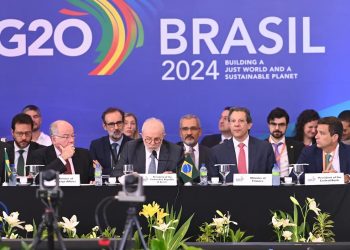According to the International Monetary Fund’s (IMF) latest “World Economic Outlook,” Paraguay is set to experience the highest economic growth in South America in 2024, with its Gross Domestic Product (GDP) projected to rise by 3.8%. This figure stands well above the regional average of 1.8%, positioning Paraguay as a regional leader in economic resilience. Close behind, Uruguay is expected to grow by 3.2%, followed by Brazil, Peru, and Venezuela at 3% each, while Argentina lags with a projected contraction of -3.5%.
The Central Bank of Paraguay (BCP), which recently adjusted its growth forecast to 4%, confirmed that it would maintain its monetary policy rate at 6% for the eighth month in a row. This decision is anchored in a favourable economic landscape, including lower global risks and a steady employment market. Paraguay’s job market saw an uptick, with unemployment falling to 4.1% in September, supporting the BCP’s stable interest rate strategy.
Inflation in Paraguay has shown signs of moderation, with the consumer price index (CPI) rising by 0.2% in September. Core inflation, which excludes volatile food and energy prices, increased by 0.4% month-on-month and 3.6% year-on-year. These inflation trends suggest a stable environment that aligns with the BCP’s target of around 4%.
Domestic economic indicators have also been encouraging. Paraguay’s Monthly Indicator of Economic Activity (IMAEP) grew by 1.6% in August year-on-year, fuelled by strong performance in services and manufacturing, while the Estimator of Business Figures (ECN) saw a 2.4% rise due to higher sales in key sectors.
With Paraguay expected to maintain its momentum into 2025, the BCP’s Monetary Policy Committee will continue to monitor both global and local developments, ensuring inflation remains controlled as the economy progresses. The next policy review is set for 19 November.
















